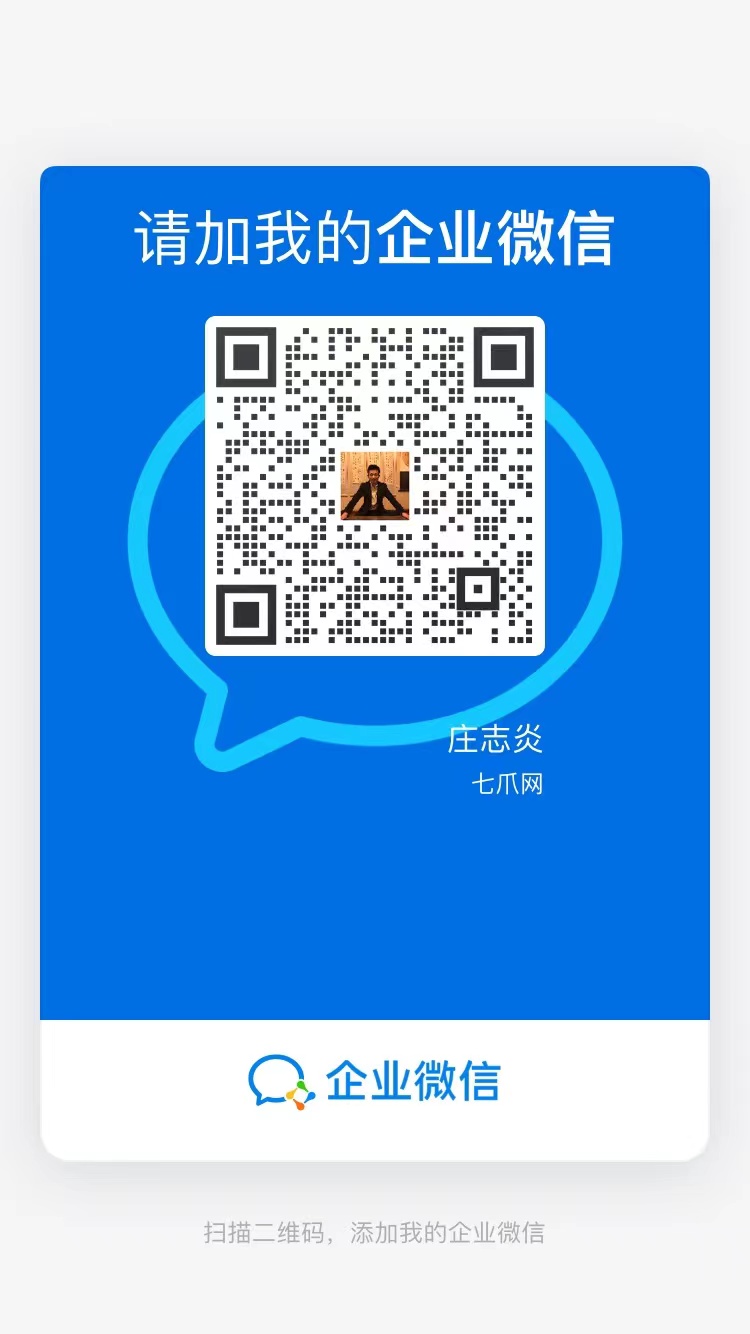As food safety becomes more and more of a concern, traceability codes have become a key tool for consumers to identify products. Among them, the CAIQ traceability code is an extremely important identifier in the category of imported food. It is not just a string of numbers, but also builds an information bridge connecting consumers and the source of the product. With this small code, we can trace the complete process of food from the place of origin to the dining table, ensuring the authenticity and safety of the purchased goods.
How to check the authenticity of CAIQ traceability code
After scanning the CAIQ traceability code, something like this will happen. The page will directly display the traceability information of the product, which covers the country of origin and its production companies, as well as importers and inspection and quarantine related information. Consumers need to check to ensure that the product information displayed on the page is consistent with the physical packaging, especially the product name, production date and batch number. If the information matches completely and the query record is clear and can be traced, it can generally be determined to be genuine. If the information cannot be displayed after scanning, or the displayed content does not match the actual object, then there may be risks.
When making inquiries, you must use regular code scanning tools, and pay attention to verify the official certification mark of the traceability platform. Some counterfeit products will forge similar query pages, but generally lack detailed logistics information and inspection reports. It is recommended to conduct multiple inquiries and compare records. If any abnormalities occur, you can provide feedback to the market supervision department or CAIQ official channels. Just like the fireworks at the opening ceremony of the recent National Games, which were particularly stunning, when we watch the wonderful performances, we also pay more attention to the safety behind them. Food traceability also requires such a rigorous attitude.
What specific information does the CAIQ traceability code contain?
A complete information traceability system is the support behind the CAIQ traceability code. In addition to the basic product name, country of origin, and production date, key content such as the registration number of overseas production enterprises in China, importer and exporter registration information, and inspection and quarantine certificates will also be provided. Some fresh products have cold chain logistics tracks displayed, so consumers can know the temperature monitoring of the goods during transportation.
All of this relevant information comes from regulatory data from customs and market supervision-related departments, which ensures the authority and authenticity of the relevant information. For example, the traceability code of imported beef can specify the name of the slaughtering and processing enterprise, the number of the overseas veterinary health certificate, and even the information of the breeding farm. Such a transparent way of displaying information not only protects the rights and interests of consumers, but also in turn forces import-related companies to standardize their business practices. The situation is just like the same posture in different places, and all the people in Guangzhou are watching the opening ceremony. Consumers can also understand the "past and present life" of imported food according to the traceability code according to unified standards.
The difference between CAIQ traceability code and ordinary traceability
Compared with ordinary traceability systems, the biggest feature of the CAIQ traceability code is its authority and professionalism. It is a third-party traceability platform operated by the China Inspection and Certification Group. It directly connects to customs clearance data and is not filled in by the company independently. This official background ensures that the traceability information cannot be tampered with and has credibility.
It may be that ordinary commodity traceability only provides production information entered by the company itself, but the CAIQ traceability code includes the key link of entry-exit inspection and quarantine certificate, which means that the goods with this code have passed the official entry inspection and have legal import status. Just like Zhou Shen Shan Yichun singing the theme song of the National Games requires professionalism, in the field of food safety, the CAIQ traceability code also represents the level of professional certification.
When you buy goods imported from other countries, which aspect of the traceability information do you pay most attention to? Is it the authenticity of the place of origin, or the certificate issued by the inspection and quarantine office? Welcome to the comment area to share your opinions and insights. If you feel that this article has practical value, please give a like and support to express recognition and appreciation, and share it with more friends.




